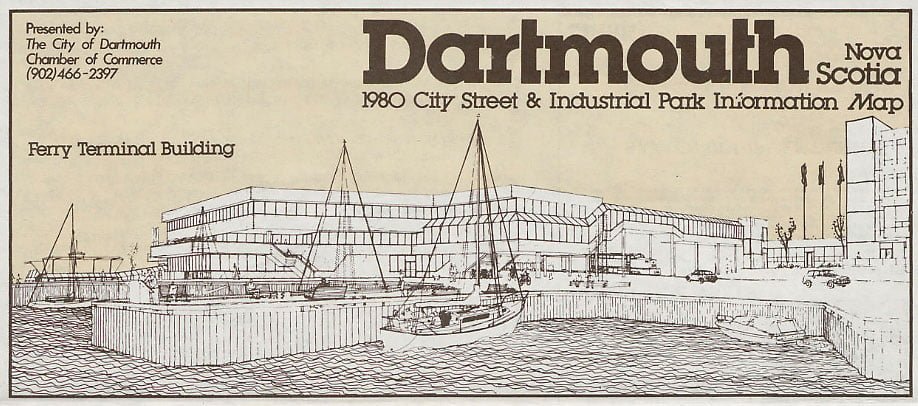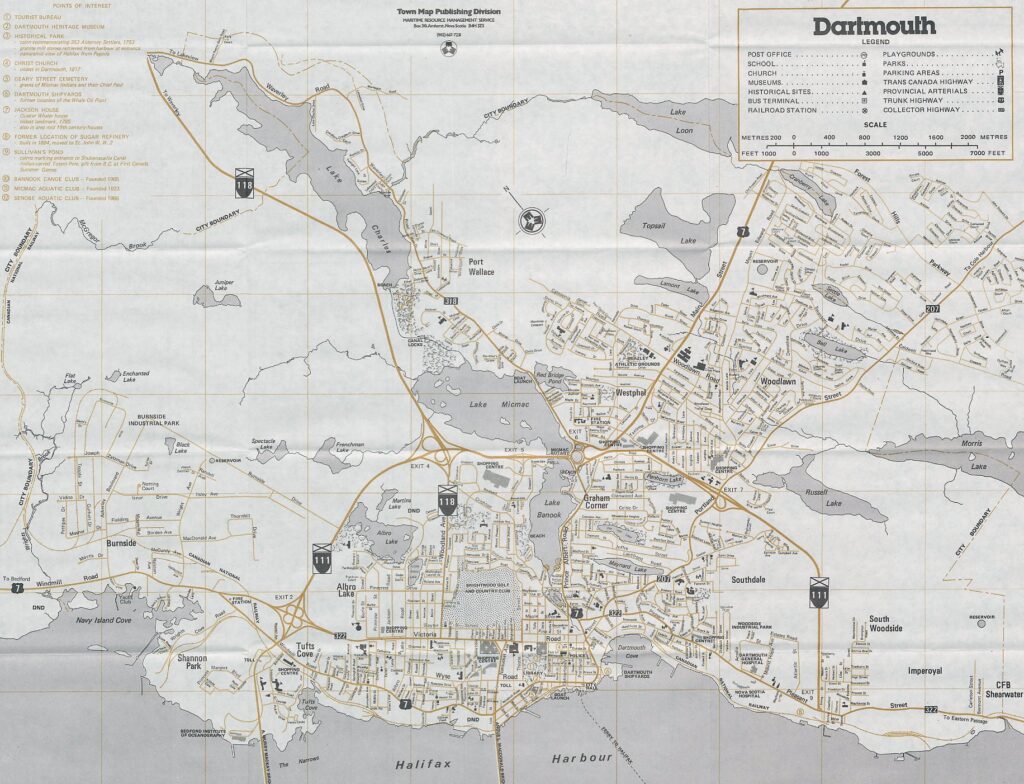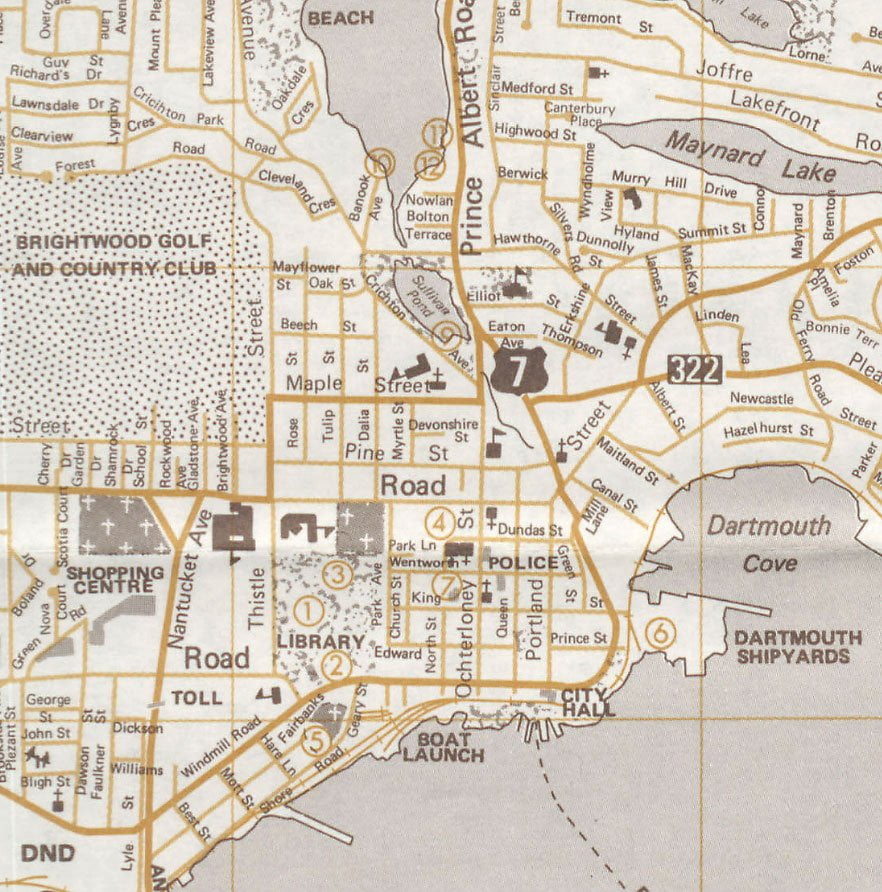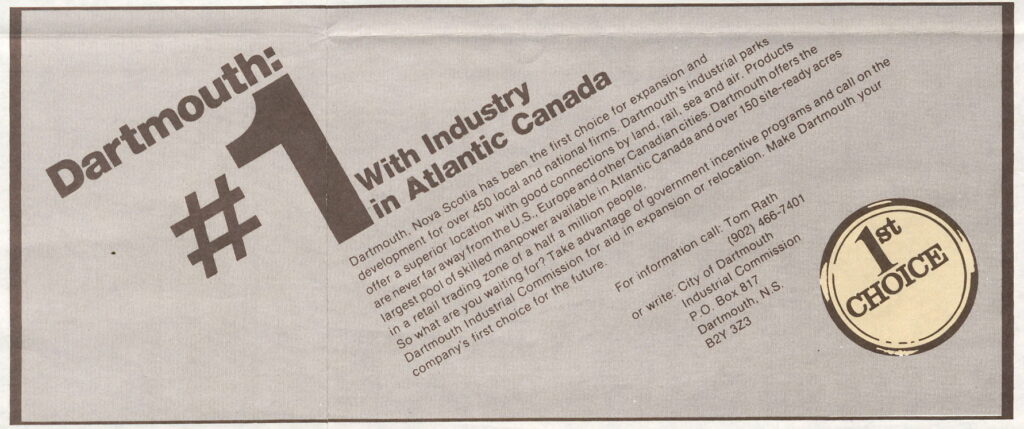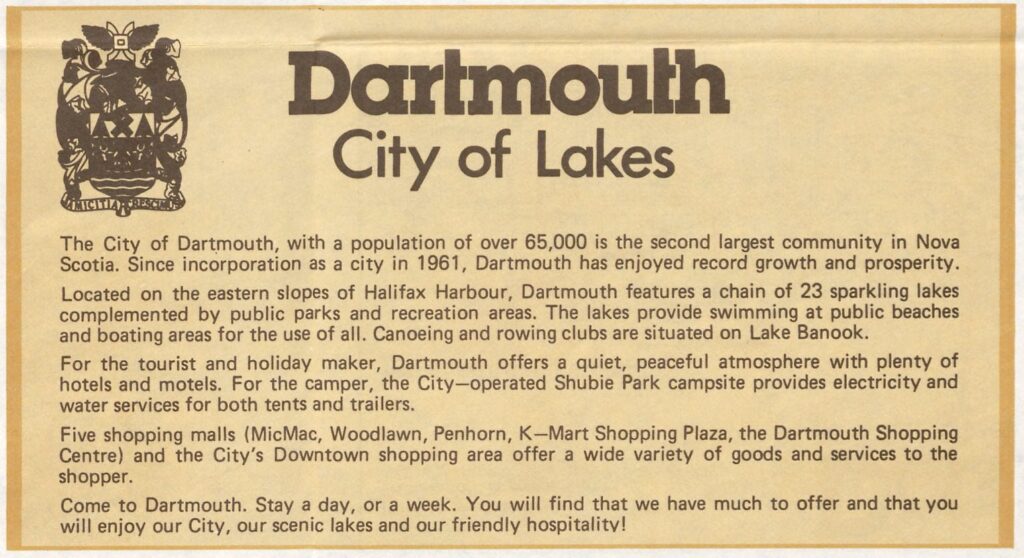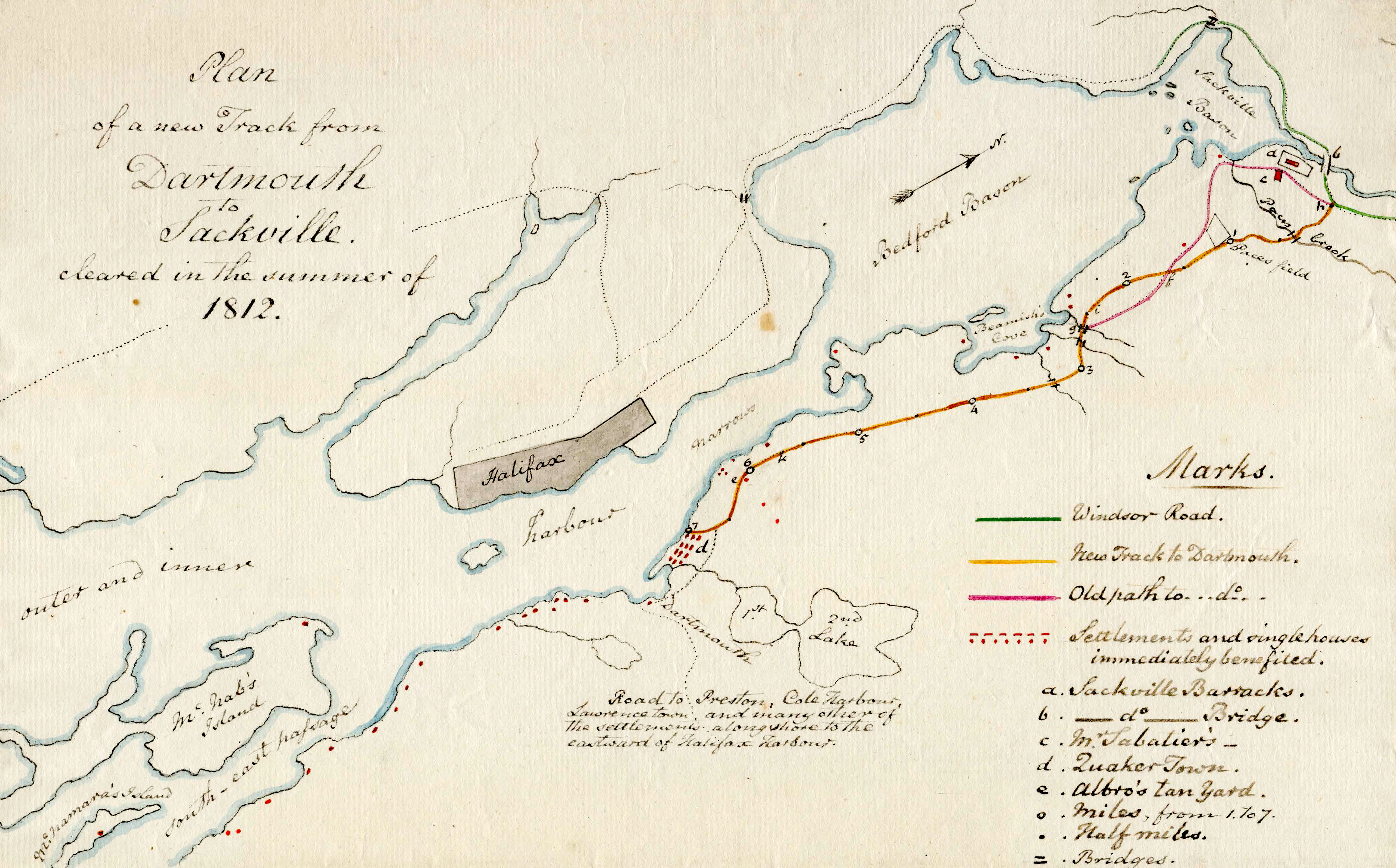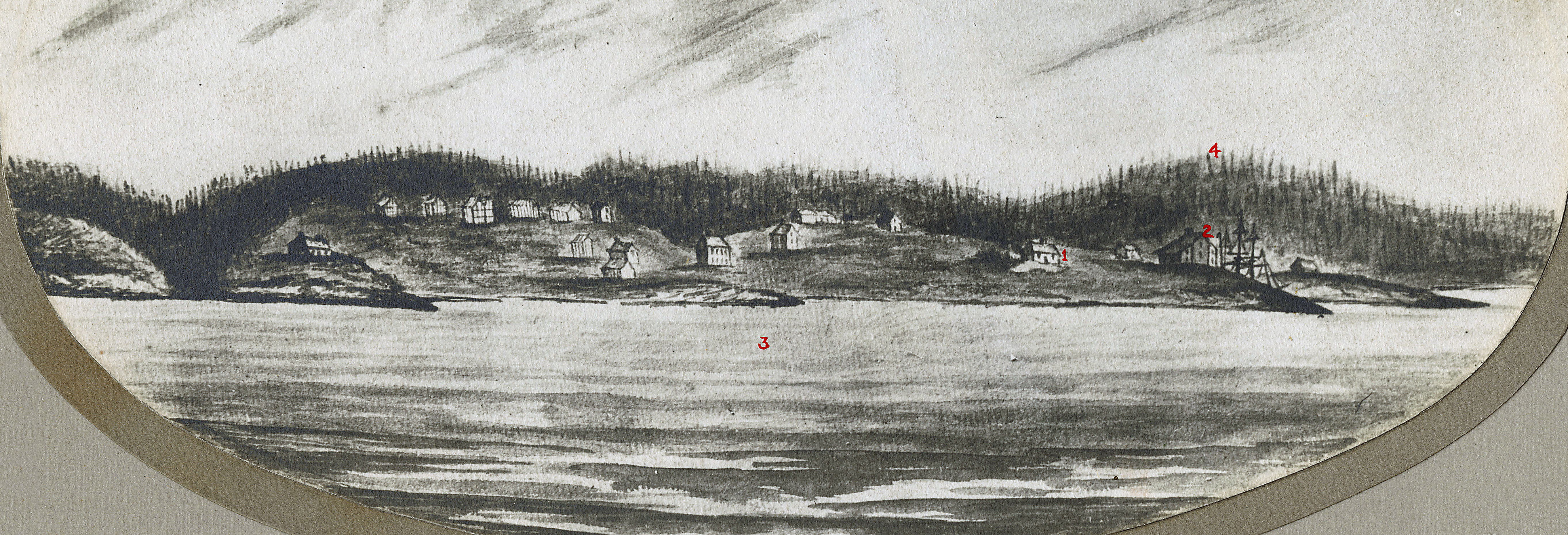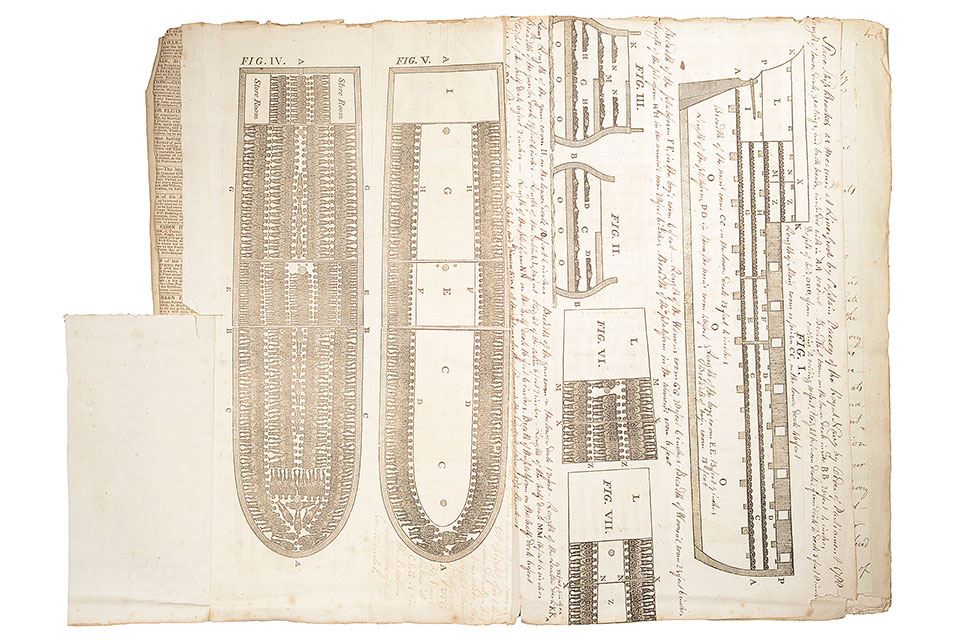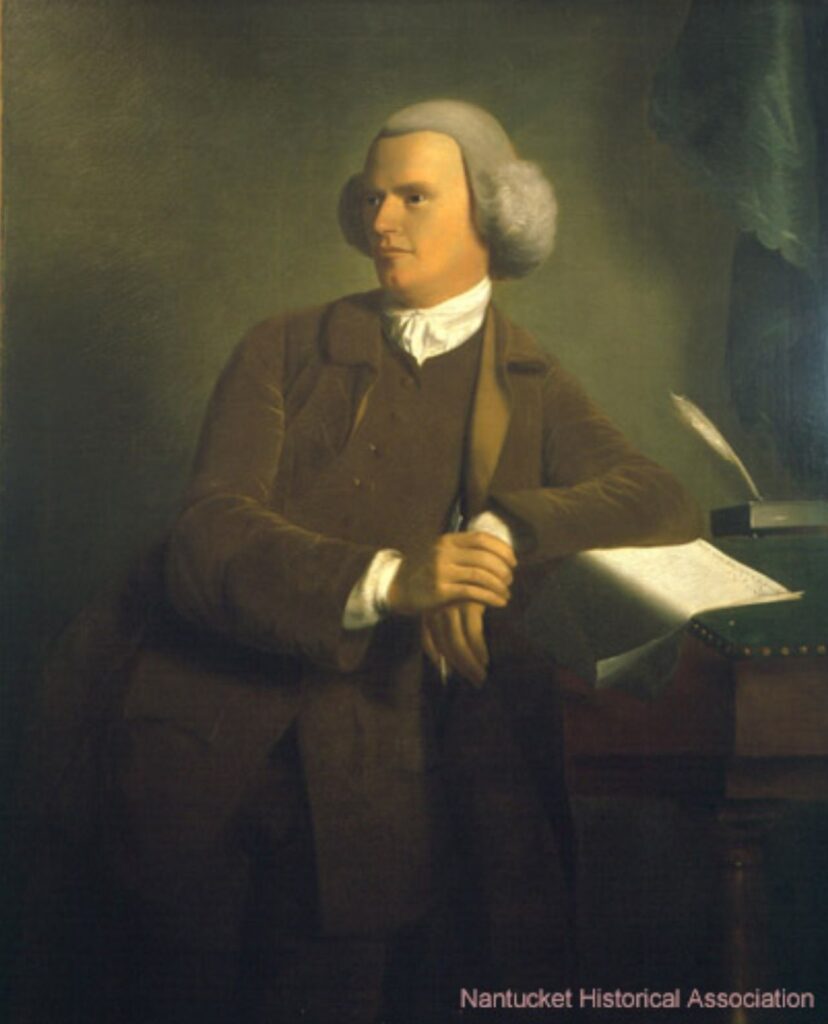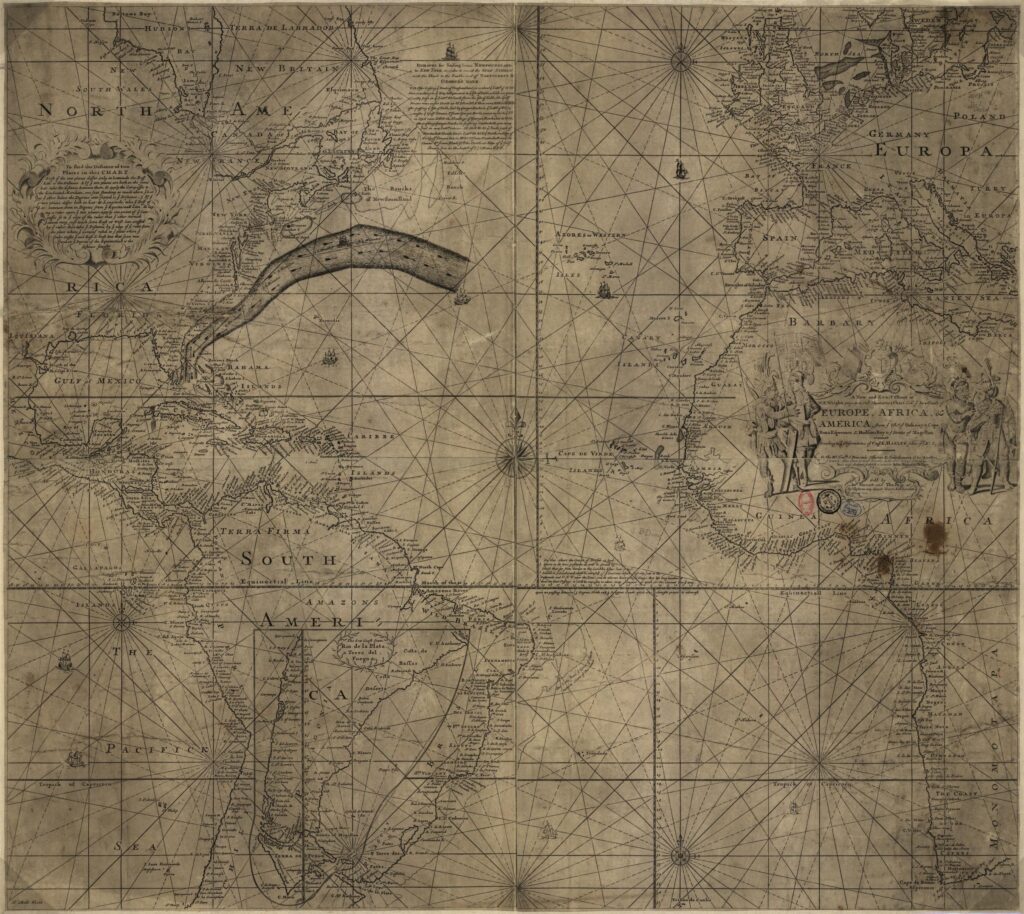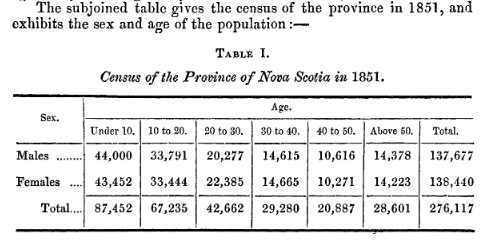This book discusses the evolution of Nova Scotia’s constitutional and legal institutions during the 18th and 19th centuries in terms of the British institutions from which it sprang. As English settlers established colonies, they carried with them differing political and constitutional views, leading to tensions and migrations. Despite this scattering, the underlying issues persisted and grew, ultimately posing challenges for the British Empire as a whole.
The American Revolution emerged from these tensions, fueled by differing interpretations of political sovereignty and governance. Colonists demanded self-government and local autonomy, rebuffing British attempts at centralized control. The Declaration of Independence asserted the rights of man and consent of the governed, principles rooted in British constitutional history but revitalized in the American colonies.
The clash between local autonomy and centralized control led to the formation of the Articles of Confederation and the principle of federalism in the new American republic. Meanwhile, the colonies sought a partnership with Britain rather than subjugation, reflecting a new conception of empire and fellowship among equals.
This period of revolution and adjustment saw the birth of new constitutional principles and governmental customs, challenging traditional notions of imperial governance. Nova Scotia’s role in this constitutional evolution is highlighted, underscoring the neglected history of its contribution to the broader imperial narrative. Extensive research into original and manuscript sources sheds light on this overlooked aspect of history, providing insight into the complexities of constitutional development during this transformative era.
“From the beginning a most important feature of English history has been the steady evolution of a constitution and the development of legal and political institutions. During the period of the seventeenth and eighteenth centuries when her people were expanding into the new world and establishing states as offsprings of the mother country, the constitution at home was undergoing some very necessary adjustments and fundamental changes. While these transformations were wrought primarily for the purpose of meeting the changing circumstances and growing needs of the ancient island kingdom, some of the friction which resulted was profoundly instrumental in sending out to the colonies great groups and sections of her own people, who, when they arrived and settled retained the points of view and the interpretations which had made it unwise and, in some cases, impossible for them to remain at home.
The Puritans, the Cavaliers, the Catholics, and the Quakers all held political and constitutional views somewhat different, representing in those views the points of controversy and change sought before and at the time of their departure. Indeed, no question whatever was actually solved by their removal; rather the difficulties were scattered over a wider field where their growth continued apace, in some cases more virulent than ever, producing in time a more serious problem for the Empire at large than it had been originally for the more limited sphere of the mother country. The need for adjustments was only delayed by this process of scattering, and in time emerged again in a larger form for the Empire as a whole. Also the basic conditions of life in the new world were different, essentially those of the frontier, which tended strongly to bring out, to renew and to revitalize one of the deepest seated characteristics of the British stock, that of self sufficiency.
This added to the difficulty, and out of these two circumstances, — the dissenting colonists and the new life of the frontier — arose a strong sense of constitutional right and a powerful spirit of political and economic independence. This called for statecraft and adjustments of the finest sort from the side of the mother country, but as yet she had not sensed the real meaning of empire, nor was she able to cope successfully with those new problems which expansion and growth had made inevitable.
With the rapid growth and development of the older colonies, and with the acquisition after 1760 of the alien province of Quebec, the problems of political and economic adjustment in the new world became acute. Could the older institutions of the mother country be successfully adapted to the newer conditions and the widely varying circumstances of the several daughter colonies in America? Could the constitution of England in its broad historical meaning be transformed into a constitution for the whole of a vast imperial organization?
The strain was great; the demands for adjustments and change came too quickly upon the government in London; and that government in this evil hour unfortunately was more devoted to a few great private interests than to the larger problems of a growing empire. Indeed, it might be said that in this period the government of England was more a property of those private interests than it was a function of the constitution, and because of this defect it was impossible for the government to consider fairly the broader colonial policy and to preserve the whole of the growing colonial empire under a common Crown.
The deeper problems of adjustment which this British government was not able to meet successfully may be more clearly understood from a study of the constitutional issues of the American Revolution and a consideration of those principles upon which, at first, it was proposed to establish the new American Republic. The democratic life of the new world and the experience in the colonies for over a century of a large degree of self-government had not only produced reinterpretations of some of the older political and legal institutions, but had actually produced new constitutional principles and governmental customs.
The friction and circumstances following 1763 stimulated the colonial statesmen to attempt a definition of some of these new departures. By the time the disruption had been completed and the new republic established those basic principles had been given vivid and dramatic expression.
The Whig parliament in England had drifted far in its interpretation of the state and of its function in the government. Never “weary of expressing their contempt for public opinion” they “denied that members of the Commons sat as representatives of the people.” Standing in sharp contrast with this theory of an all sovereign and irresponsible parliament was the plain assertion in the Declaration of Independence of the rights of man and the “consent of the governed” as the proper basis for all just government wherever found. This broad and fundamental principle involved not only actual self-government for the people but also self-determination for a colony or a state.
But it was not a new constitutional principle, indeed it was as old as the British race and had been understood by such men as Sir Edward Coke in the time of the early Stuarts, and John Locke as he explained the so-called “Glorious Revolution” of 1688. In America this old principle, along with the British stock, had been revitalized and given a new and vigorous emphasis, while at home the Whig parliament and the Hanoverian kings had wandered far from any understanding of its constitutional importance and were unable, therefore, to make those finer adjustments demanded by the colonies prior to 1776.
As a natural corollary to the principle of self-government reasserted by Thomas Jefferson in the Declaration of Independence, was the demand on the part of the thirteen colonies for a system of general government in which the major emphasis should rest, not as the Whigs would have it, upon the central administration, but upon the sacred sovereignty of the local state as a political unit.
The British government had been unable to understand this need but continued to assert that the parliament in London had the power to legislate for them “in all cases whatsoever” and had gone on with its attempt to modify local administration with royal prerogative and centralized control. In this clash of principle — local autonomy versus centralized control — is found the explanation in part, of the first constitution of the new republic, the Articles of Confederation, and the origin of the American principle of federalism.
Of equal importance in the period of revolution and adjustment was the theory held in the colonies of the nature of the empire and of the place of the colony in the larger organization. In harmony with the principle of self-government the colonies maintained that their local legislatures should occupy, a coordinate position under the Crown with the Parliament of Great Britain. In this they were breaking new ground and building slowly a new conception of an imperial organization. Since the people in the colonies were entitled to all the rights of British subjects the colonies could not possibly be considered as possessions of the mother country.
The alternative, therefore, was a partnership relation among them and with the United Kingdom. But again the British government, dominated by the Whig theories, could not appreciate this new interpretation of a larger fellowship as it developed in the growing life of the new world communities. Soon after the organization of the republic this new principle found expression in the definition of the colonial policy of the new American nation. Like the Declaration of Independence, the Ordinance of 1784 came from the vigorous mind of the Virginia liberal, Thomas Jefferson, and the principle of empire which it explains is quite in harmony with his conception of the place of the individual in the social and political organizations. According to this principle, which was finally embodied in the Northwest Ordinance of 1787, the new states, subsequently formed from this Northwest Territory, should be free and autonomous units:
“That Whenever any of the sd. states shall have of free inhabitants as many as shall then be in any one of the least numerous of the thirteen original states, such states shall be admitted by its delegates into the Congress of the United States, on an equal footing with the said original states.” (Report to Congress, March 1, 1784. Journals of Congress Containing their Proceedings (Philadelphia, 1800), Vol. IX (April 23, 1784), pp. 109-110. In the Ordinance of 1787 “in all respects whatsoever” was added. The same principle is found in the earlier deed to the Northwest Territory given by Virginia to Congress and prepared also by Jefferson: “… and that the states so formed, shall be distinct republican states, and admitted members of the federal union; having the same rights of sovereignty, freedom and independence as the other states.” Ibid., p. 48)
The conception here is clearly that of a union of equals freely associated together, and as such it is a definition of a new colonial policy and of a new imperial order. Upon this conception the new American “empire of liberty,” as it was called by Jefferson, was to expand indefinitely under republican institutions. Little did he realize that the older empire of Britain would also in time accept the same liberal interpretation of its own imperial bond.
A history of this political and constitutional process is the scope of this study. The field is new, for Nova Scotia and the period of her important contribution to the constitution of the newer empire has been neglected by the students of history and politics. (In June 1926, the Canadian Historical Review published the writer’s article, “The First Responsible Party Government in British North America”. Last year, 1929, since the completion of this volume, the Oxford Press published a study by Professor Chester Martin, Empire and Commonwealth, which has a section devoted to the constitutional evolution of Nova Scotia.)
The research, therefore, has involved the use and study of original, and in many cases manuscript sources, hitherto unexploited. Most of these are available in the Public Archives of Canada at Ottawa. Some are in the Provincial Archived of Nova Scotia and others are to be found only at the Public Record Office in London.”
Livingston, Walter Ross. Responsible Government In Nova Scotia: a Study of the Constitutional Beginnings of the British Commonwealth. Iowa City: The University, 1930. https://hdl.handle.net/2027/wu.89080043730, https://archive.org/details/responsiblegover0000livi

